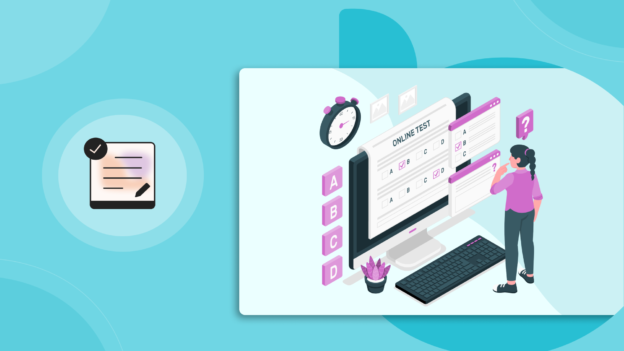A great course outline can help increase course sales. It provides potential students with a clear overview of the course. Are you interested in knowing the elements of a great course outline? You are in the right place.
In this blog, we will guide you through creating the outline of the course you’re planning to launch. Let’s get started!
Why Course Outlines Are So Important
Course outlines are important for a successful course for many reasons.
- They provide a clear and concise overview of the course material, which can help students to better understand the concepts.
- Course outlines can also help instructors organize material. This helps to build a more engaging course.
- Course outlines are the first thing a prospective student checks. So if your course outline covers the topic well, it can help you sell more.
How to Build the Outline of the Course
You already know why a great course outline is important. Let’s talk about the process that you should follow while attempting to build one.
Begin with the End in Mind
An online course outline should start with what students will learn from the course. It should also include why they should complete the course. It helps provide a clear and concise overview for students on what they can expect from the class.
Students can gauge whether the course is right for them. This structure also allows students to know beforehand what they will be able to do after completing the course.
Define the Learning Objective
Determining learning objectives is important for building a course outline. It helps to ensure that the course content is focused and well-organized. By establishing clear learning objectives, you can identify the key concepts, skills, and ideas that you want your students to learn, and then organize the course content around those objectives. This can help to make the course more effective and engaging for your students, and can also help to ensure that they are able to achieve the goals that you have set for them.
List the Lessons & Topics
After that list all the lessons and topics that you want to cover. This helps students to plan their study time and prepare for exams, and it helps instructors organize and structure their lessons. Additionally, it provides a reference for students to refer back to as they progress through the course, ensuring that they do not miss any important information. By listing all the lessons and topics on the course outline, the course becomes more organized and structured, leading to a better learning experience for both students and instructors.
Add Resources and Practice Materials
Online courses outline should contain resources and practice materials available after each lesson. Students can practice what they’ve learned in their own time. It also provides a way for instructors to check for understanding and give feedback.
Resources and practice materials are beneficial for both students and instructors. It allows students to review and practice the material on their own. It provides a way for instructors to check for understanding and provide feedback.
Add Tests & After Each Module
You should also include tests after each module in an online course. Tests can help ensure that students are learning from the material. This is especially important in an online setting as there is no face-to-face interaction between instructor and student.
Tests can also help identify any areas where students may be struggling. They can then have extra support.
Put It All Together
Now you have everything to create an outline of the course and start building your materials. Order the lessons, build practice materials, and create the tests. You’re on the right track to building an effective course outline!







 © All rights reserved, BUDDYBOSS LLC 2024
© All rights reserved, BUDDYBOSS LLC 2024




